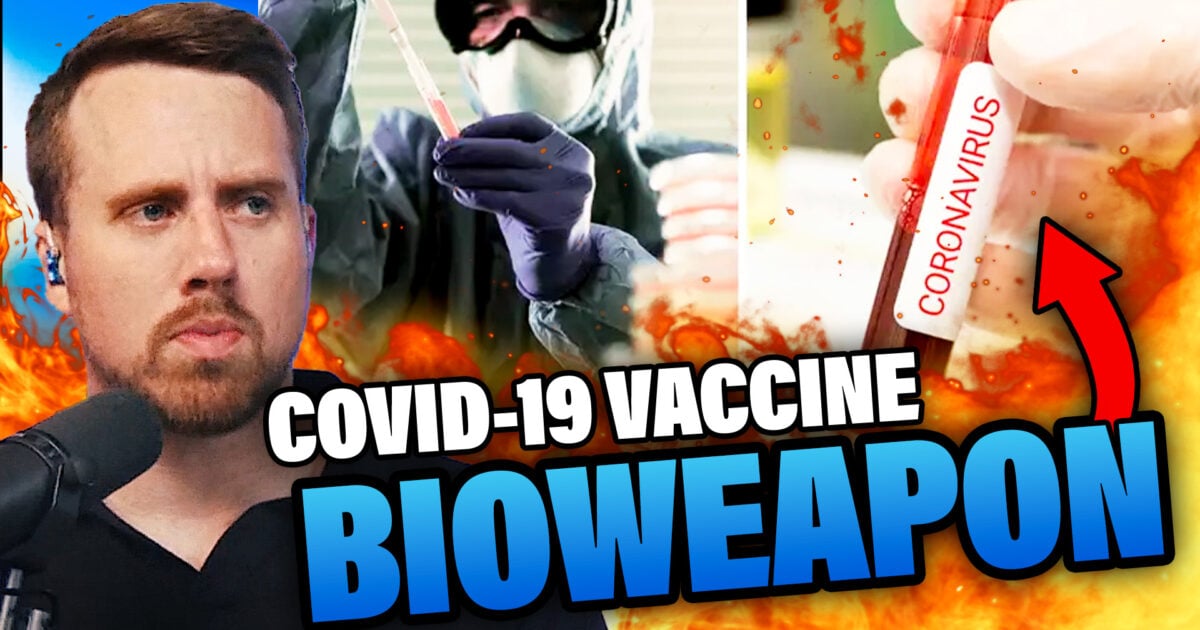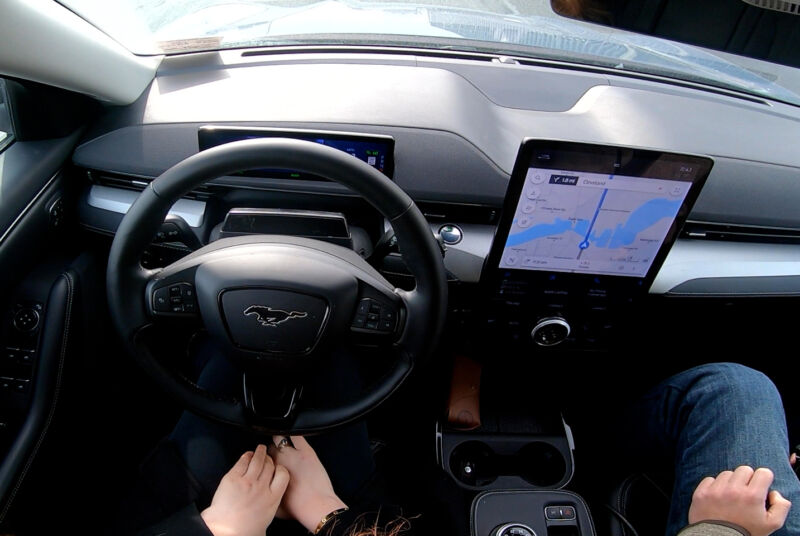Boeing isn’t going —
“Safety is always our top priority, and that drives this decision.”
Eric Berger
–

Enlarge / The Boeing CST-100 Starliner spacecraft jettisons the heat shield before it lands in 2019.
NASA/Aubrey Gemignani
A Boeing official said Thursday that the company was “standing down” from an attempt to launch the Starliner spacecraft on July 21 to focus on recently discovered issues with the vehicle.
Mark Nappi, vice president and program manager for Starliner, said two spacecraft problems were discovered before Memorial Day weekend and that the company spent the holiday investigating them. After internal discussions that included Boeing chief executive Dave Calhoun, the company decided to delay the test flight that would carry NASA astronauts Suni Williams and Butch Wilmore to the International Space Station.
“Safety is always our top priority, and that drives this decision,” Nappi said during a teleconference with reporters.
Two issues
The issues seem rather serious to have been discovered weeks before Starliner was due to launch on an Atlas V rocket. The first involves “soft links” in the lines that run from Starliner to its parachutes. Boeing discovered that these were not as strong as previously believed.
During a normal flight, these substandard links would not be an issue. But Starliner’s parachute system is designed to land a crew safely in case one of the three parachutes fails. However, due to the lower failure load limit with these soft links, if one parachute fails, it’s possible the lines between the spacecraft and its remaining two parachutes would snap due to the extra strain.
The second issue involves P-213 glass cloth tape that is wrapped around wiring harnesses throughout the vehicle. These cables run everywhere, and Nappi said there are hundreds of feet of these wiring harnesses. The tape is intended to protect the wiring from nicks. However, during recent tests, it was discovered that under certain circumstances possible in flight, this tape is flammable.
Uncertain slippage
In 2014 NASA chose two providers, Boeing and SpaceX, to develop crew transport systems for its astronauts to travel to the space station. SpaceX completed its first human flight in 2020 and has since flown nine additional crewed missions. Boeing has flown two uncrewed test flights of Starliner to date and aimed to complete its demonstration flight with astronauts this summer.
Now it is unclear when this “Crew Flight Test” will occur. Nappi said it was “feasible” for the mission to fly in 2023, but he did not want to offer any dates. “I certainly wouldn’t want to commit to any dates or timeframes,” he said.
Boeing will spend the next few weeks diving deeper into these issues and identifying a path forward to address these and other problems. For example, Nappi also said that, as Boeing was preparing to load propellant on Starliner ahead of the July flight, it found another sticky valve. Valves have been an ongoing problem with the Starliner spacecraft.
Independent review?
Most likely, Starliner will see another significant delay in this test flight. These new problems are likely to ratchet up concerns from outside observers about the safety culture at Boeing. Last week, NASA’s Aerospace Safety Advisory Panel urged NASA to bring in independent experts to assess the viability of Starliner.
“Given the number of remaining challenges to certification of Starliner, we strongly encourage NASA to step back and take a measured look at the remaining body of work with respect to flying CFT,” Patricia Sanders, chair of the committee, said on May 25. She believes NASA should bring in an independent team, such as from the NASA Engineering and Safety Center, “to take a deep look at the items on the path to closure.”
That was before the most recent issues cropped up. Doubtless, safety experts will be concerned about how these issues went undiscovered by Boeing and NASA until the final weeks leading up to the flight.
The Commercial Crew program is being funded through a fixed-price contract. Boeing received a $4.2 billion award from NASA in 2014, but due to ongoing delays—initially, Starliner and SpaceX’s Crew Dragon were supposed to fly in 2017—Boeing has already taken cumulative charges against its earnings of $900 million. Nappi said Thursday that it is too early to say if these issues will result in additional financial charges to the program.
Questions have been raised about whether Boeing will remain committed to the Starliner program, which is already a money loser. The company is contracted to fly six missions for NASA after certification of the Starliner vehicle, which will only occur after the crewed flight test. Boeing has already received much of the $4.2 billion from NASA in milestone awards, so it presumably would have to give some of that money back if it did not fly astronauts for NASA. But the cost of flying those missions may be greater than any funding Boeing would have to pay back to NASA.
Asked if Boeing officials had any discussions about pulling out of the commercial crew program, Nappy replied: “Not serious discussions about that.”










